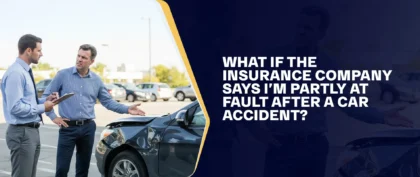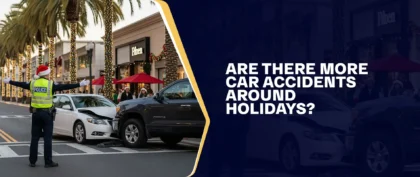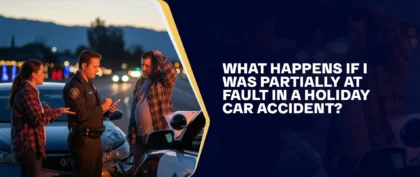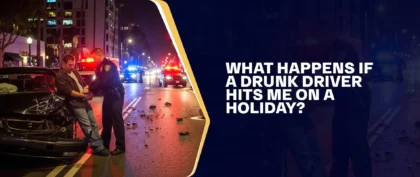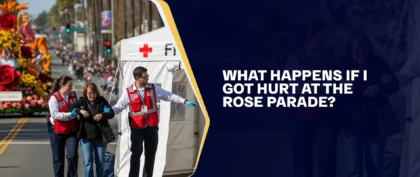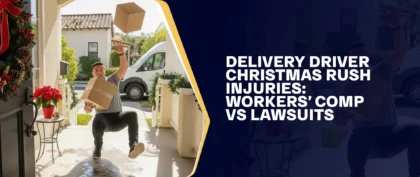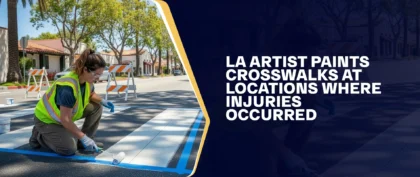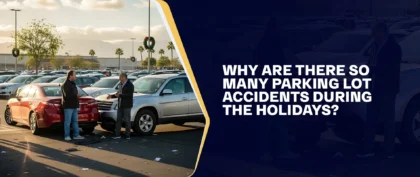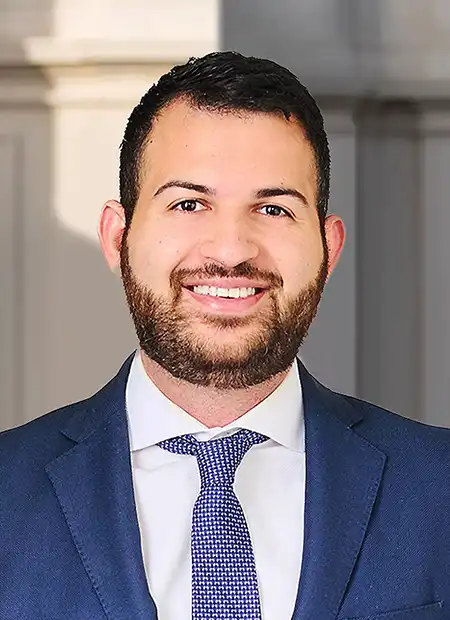If your insurer claims you are partially responsible for your car accident, do not admit fault and do not accept their decision immediately. You can challenge their assessment by taking specific steps and learning about your state’s comparative fault laws....

AK Law's Acclaimed Blog
After a car accident in California, medical bills are typically not paid immediately by the at-fault driver or their insurance company. Instead, injured people often rely on their own health insurance, MedPay, or personal funds to cover treatment right away....
Following a car accident in California, a claim may encompass various types of damages. These commonly involve: Economic damages, such as medical bills, lost wages, and property damage. Non-economic damages, such as pain and suffering or emotional distress. In uncommon...
Yes. Car accidents are more common around major holidays throughout the year. Crash rates increase during holidays such as Thanksgiving, Christmas, New Year’s, July 4th, Memorial Day, and Labor Day due to heavier traffic, impaired driving, distractions, fatigue, and seasonal...
If you’re partially responsible for a holiday car accident, you can still seek compensation for your losses. In California, the law can assign fault to multiple parties in personal injury claims. That division affects how insurance companies review the case....
Slip-and-fall claims spike during winter because low temperatures increase the risk of these accidents occurring. During this cozy season, many states experience rainy, snowy, and icy conditions. The resulting weather can create slick surfaces. Moisture also makes indoor floors more...
You can seek compensation if another person's negligence caused your injury during a holiday trip. California law allows you to pursue claims even if you’re partially at fault. However, strict legal deadlines and procedural rules apply. Typically, you have two...
It is possible to sue for whiplash after a car accident, especially if there is evidence of negligence and losses. Under California law, legal action may be an option if an insurance claim does not fairly address the harm you...
Generally, out-of-state auto insurance policies must meet California’s minimum liability requirements when a crash happens here. However, coverage details may still depend on the policy terms. Even travelers from out of state are required to carry liability insurance that complies...
If you are involved in a car accident during a holiday, you have the option to choose your own doctor rather than one recommended by the insurance company. However, be aware that insurers may question the necessity of the treatment...
To get legal help after a holiday freeway pileup in California, start by calling or submitting an online case form to a personal injury law firm as soon as you are safe, even if the crash happens on a holiday....
If pain develops days after a holiday car accident, seek medical care immediately. Delayed pain is common because adrenaline, shock, and holiday stress can mask injuries right after a crash, making symptoms easy to miss at first. Once symptoms appear,...
Yes, you may still have a case even if icy roads contributed to the crash. Winter weather does not automatically remove responsibility. In California, if a driver failed to adjust to road conditions or another party allowed unsafe conditions to...
If you got injured in a drunk driving incident on a holiday, do not confront the drunk driver. Instead: Call 911 to report the incident. Move to a safe spot if possible. Gather evidence and witness info. Get checked by...
If you get hurt at the Rose Parade, focus on your health and safety first. In most cases, here’s what would happen if you’re injured at a major event like this: You’ll Receive Medical Attention — Any kind of injury...
You can sue a store if you get hurt while Christmas shopping, but liability depends on the specific circumstances of the accident. In California, premises liability applies when a property or store owner is aware or should have been aware...
If you slip and fall in a mall during the holiday rush, you may have a personal injury claim. Mall owners and operators are generally responsible for maintaining walkways, entrances, and common areas in a reasonably safe condition, even during...
Holiday parties and family gatherings should be a safe space. However, if a dog bites you at one of these events, your priorities change immediately. Even a bite that appears minor can cause serious rabies infections, nerve damage, or permanent...
In many situations, California law allows injured employees to seek workers’ compensation benefits if they are hurt while running work-related errands during the holiday season. Employer responsibility often depends on whether the task benefited the business and whether the employee...
If you are asking, “I got injured at a New Year’s Eve party, can I file a claim?” you may be able to if someone’s negligence caused your injury. In California, you can pursue a personal injury claim when a...
California mall parking lots fill up quickly during major holidays. That can increase the likelihood of accidents. If someone gets hurt, identifying who is responsible can be a complex process. Depending on the circumstances, multiple parties may share liability. These...
In California, you can sue a relative for negligence-related injuries sustained during a holiday gathering. If you have a case, you’ll usually have to file a personal injury claim and pursue compensation from their homeowners insurance policy. If settlement negotiations...
The most common Christmas injuries are sprains and strains. Sprains and strains occur more often than any other injury during the Christmas season because holiday activities increase the risk of falls and physical overexertion. People most often sustain sprains and...
In California, injured delivery drivers typically have two possible legal paths: Workers’ compensation applies when an employee is injured on the job, regardless of fault. A third-party lawsuit may apply when someone outside the employer causes the injury. In certain...
Christmas trucking accidents are crashes that occur during the holiday season. Two common factors that contribute to them include fatigue and overloaded cargo. Truckers manage more orders and tighter deadlines during the holidays. They may end up spending more time...
The LAPD arrested Jonathan Hale, a volunteer leader with People’s Vision Zero, after he allegedly painted 14 crosswalks without city approval. Although his actions were intended to draw attention to pedestrian safety concerns, altering public property without permission may qualify...
A company Christmas party injury can qualify as a workers’ compensation claim in California, but only when the event connects closely to your job. Coverage is more likely when your employer sponsors the party, expects attendance, controls activities, or gains...
Parents can pursue a claim if a defective Christmas gift causes injury to their child. California product liability laws allow you to take action when a defect existed before the product reached your home and the injury happened during normal...
Parking lot accidents increase during the holidays as crowded shopping centers, distracted drivers, and rushed pedestrians converge in tight spaces with limited visibility. Seasonal congestion, poor parking lot design, and winter weather conditions further elevate the risk of crashes, especially...
If you were injured in a holiday DUI accident, you may have certain legal rights under California law. You can file a claim to address crash-related losses. These can include medical treatment, lost wages, and the impact the injury has...

